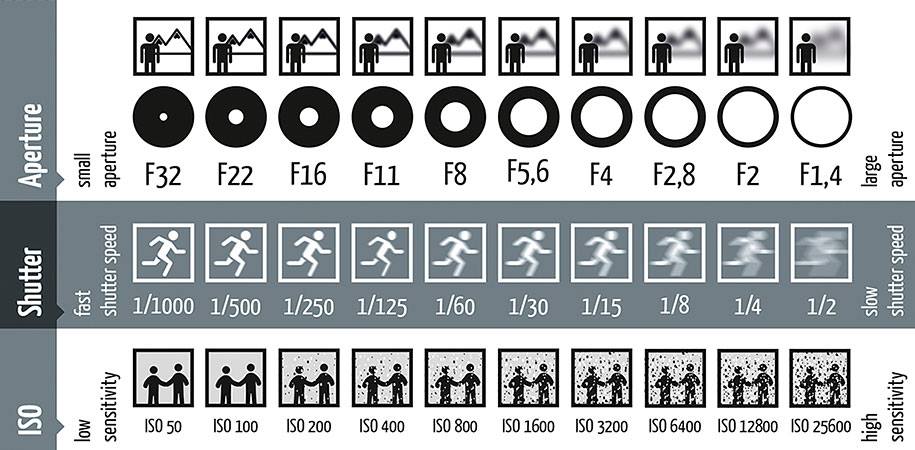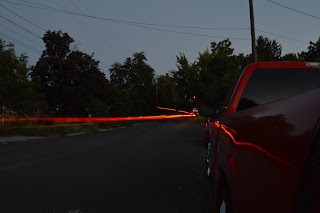It’s called the Exposure Triangle….and seems to be one of the most confusing things in photography. So, what is it anyway? The exposure triangle is three settings that go hand-in-hand that let you create amazing photos: ISO, Shutter Speed, and Aperture.
Today, I’ll cover Shutter Speed. You can think of this in terms of ‘how fast can you blink’ and ‘how much can you see when you blink fast vs slow.’
Although this diagram isn’t in triangle format, it clearly shows the effects of fast and slow shutter speeds.

Shutter Speed is about movement and what movement or stillness you can capture by adjusting the setting.
If you blink fast, things tend to stand still, to be stationary. If you blink slowly (keeping your view straight ahead as your camera does), things tend to pass through your vision quickly and often at a blur.
The important principle to remember when you are changing shutter speed is that a fast shutter speed will freeze action but also lets in a lower amount of light. You will need a bright setting or additional lights to capture and freeze the action.
A slow shutter speed allows for blur of a moving object but lets in a greater amount of light.
Here are a couple of examples. I was playing around with long exposures (usually considered to be longer than one second!) and took these on my street. I wanted to capture the light trails of cars driving down the road.
These are completely unedited, taken July 27, 2017 at 9:58 pm. I was just behind the red truck parked on the street and had the camera mounted on a tripod. An FYI here: if you are shooting anything that’s lower than 1/60 second shutter speed, it’s advisable to use a tripod.

F22
30 seconds
ISO 100

F22
15 seconds
ISO 100
You can see how much additional light was let in with the longer exposure. Had I taken a regular shot at 1/60 or faster shutter speed, the photo would have been completely blacked out due to lack of light.
You can play with this by taking your camera to a busy street or a playground with lots of kids. Take a few shots at different shutter speeds and notice how the high shutter speeds freeze action but are usually darker, and the low shutter speeds show blurry subjects (cars/kids) but are quite a bit brighter.
Leave a Reply